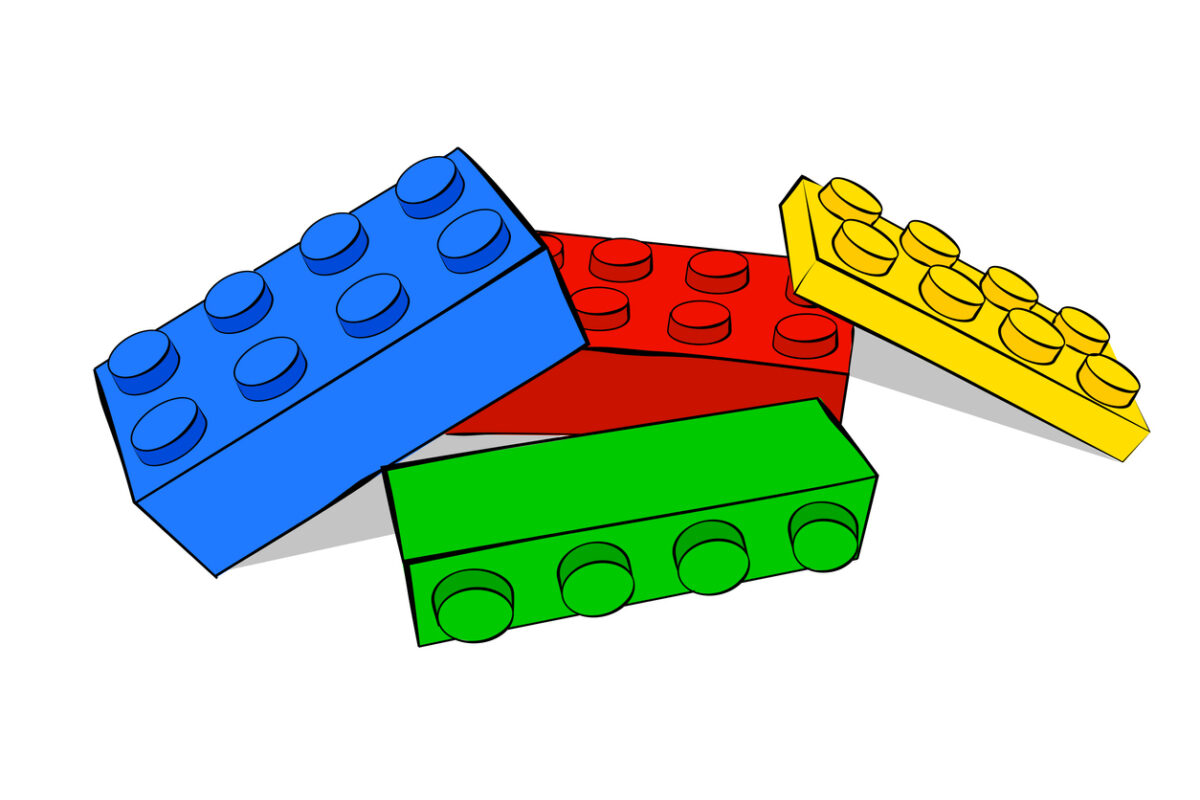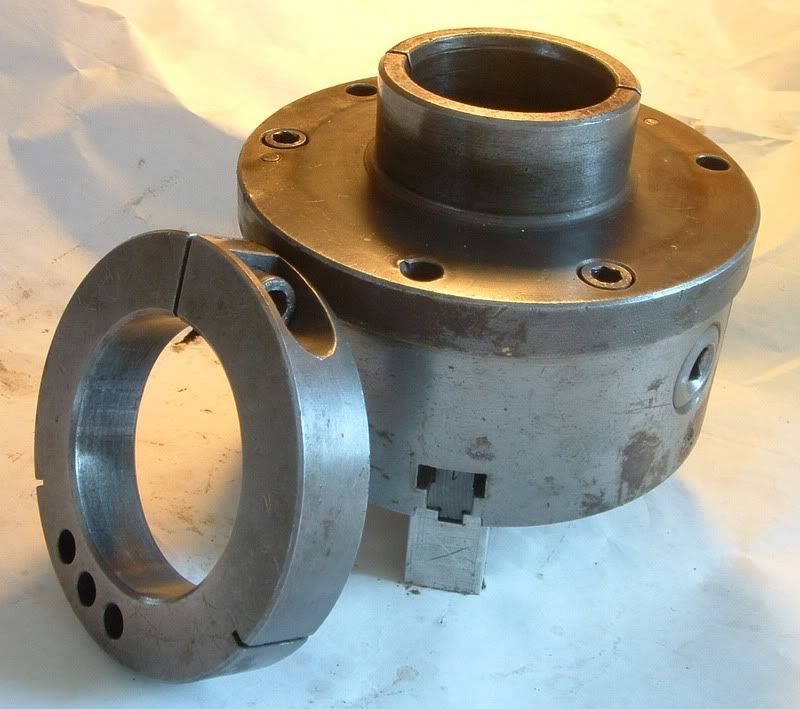If you try to stop it in 1 second it's almost certain to unscrew but for a normal sedate decel, you might be jumping at shadows.
When you screw on the chuck, seat it with a sharp thump. It should stay put for any reasonable braking duration like say 3 seconds or 5 seconds which is what I have mine set for. It's a normal stop which allows me a moment to reach for the chuck key or a micrometer.
Consider: a VFD set for 5 seconds of braking motors down the speed from 60 Hertz more or less linearly to zero. Slow from 30 Hz and the braking time is 2 1/2 seconds. 15 Hz etc. Accel/decel time is roughly proportionate to the Hz setting on the control pot. Just to confirm, set the accel/decel parameter for 15 seconds at 60 Hz and check the times from different control pot settings.
Braking from top spindle speed would be the worst case for your lathe. Let's say the chuck turns 900 RPM or whatever at 60 Hz. Set the VFD for 10 Hz and do a start and stop several times. The chuck will see the same decel but for a briefer time.
Therefore, a brake cycle at 10 Hz means the chuck will brake from 150 RPM. If the chuck tries to unscrew there's not enough inertia in its rotation to unscrew very far. Take the jaws out and place a piece of carpet on the ways just in case. Do some stops at several decel parameter settings until the chuck unscrews. Then set the decel to double the decel time and go on your merry way.
When you screw on the chuck, seat it with a sharp thump. It should stay put for any reasonable braking duration like say 3 seconds or 5 seconds which is what I have mine set for. It's a normal stop which allows me a moment to reach for the chuck key or a micrometer.
Consider: a VFD set for 5 seconds of braking motors down the speed from 60 Hertz more or less linearly to zero. Slow from 30 Hz and the braking time is 2 1/2 seconds. 15 Hz etc. Accel/decel time is roughly proportionate to the Hz setting on the control pot. Just to confirm, set the accel/decel parameter for 15 seconds at 60 Hz and check the times from different control pot settings.
Braking from top spindle speed would be the worst case for your lathe. Let's say the chuck turns 900 RPM or whatever at 60 Hz. Set the VFD for 10 Hz and do a start and stop several times. The chuck will see the same decel but for a briefer time.
Therefore, a brake cycle at 10 Hz means the chuck will brake from 150 RPM. If the chuck tries to unscrew there's not enough inertia in its rotation to unscrew very far. Take the jaws out and place a piece of carpet on the ways just in case. Do some stops at several decel parameter settings until the chuck unscrews. Then set the decel to double the decel time and go on your merry way.
.png)

 .
.
Comment